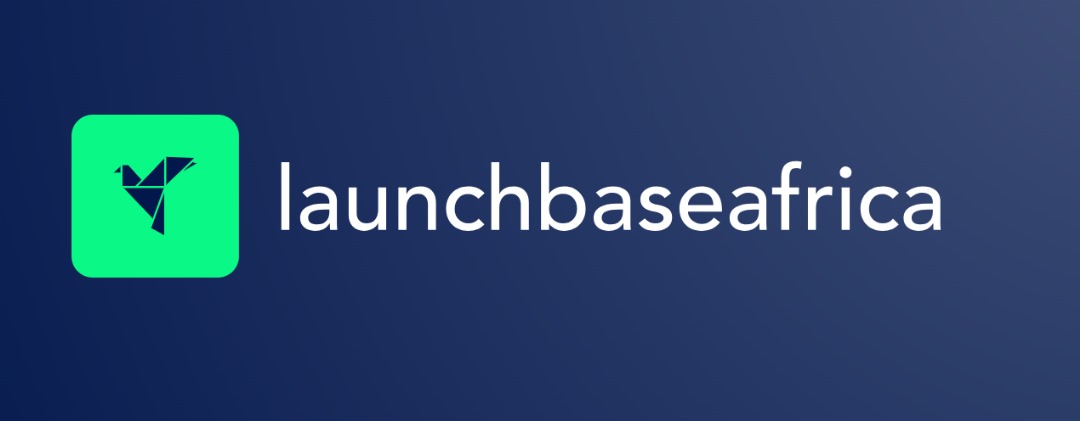For millions of Somalis, reliable internet access has long been a luxury. Crippled by decades of conflict and lacking robust infrastructure, the East African nation has struggled to bridge the digital divide. In 2022, the World Bank estimated that only around 30% of the population had access to the internet, with inconsistent connectivity frequently hindering progress. Now, a new player has entered the scene, promising to shake up the landscape: Elon Musk’s Starlink.
This week, Starlink announced it had secured a license to operate in Somalia, marking its 19th foray into the African continent. The news, heralded by Musk himself on X and confirmed by Somalia’s state media outlet SONNA, comes after two years of discussions. Starlink’s network of low Earth orbit satellites is designed to deliver high-speed internet to remote and underserved areas, a proposition that holds significant potential for Somalia.
“Today is another historic day for Somalia’s communications and technology sectors,” SONNA stated, underscoring the government’s enthusiasm for the new service. Starlink’s technology bypasses the need for extensive ground-based infrastructure, making it particularly appealing for a country like Somalia where such development has been challenging.
However, Starlink’s arrival in Somalia sets the stage for a direct confrontation with the country’s dominant telecommunications provider, Hormuud Telecom. Founded by the Somali diaspora amidst the civil war of 1991, Hormuud has grown into a formidable force, claiming over 13,000 shareholders and serving more than 90% of the Somali population. The company is not just a telecom provider; it’s a vital artery for the nation’s economy and social fabric. Its mobile money platform, EVC Plus, facilitated over $914 million in aid transfers to 3.5 million beneficiaries between 2019 and 2024, often providing crucial support within days of crises.
Hormuud has also played a significant role in making internet access relatively affordable in Somalia. For approximately $20 a month, users can access unlimited data, a price point that stands in stark contrast to the often higher costs associated with satellite internet services in other regions. This competitive pricing is a key advantage for Hormuud as it prepares to face the challenge from Starlink.
The timing of Starlink’s entry coincides with a leadership transition at Hormuud. Last week, the company announced that its founder and CEO, Ahmed Yusuf, would step down on June 1st, with deputy chairman Mohamed Farah taking over the reins. Farah, a Hormuud veteran with over two decades of experience, has been instrumental in expanding the company’s mobile network and scaling the EVC Plus platform. His focus as the incoming CEO will be on a new humanitarian strategy, prioritizing the extension of digital infrastructure to underserved regions — a direct overlap with Starlink’s mission.
“Smartphones are vital to Somalia’s development,” Farah commented on his appointment, emphasizing the importance of expanding access. This suggests that Hormuud is not standing still and is actively working to address the connectivity gaps that Starlink aims to fill.
Starlink’s move into Somalia is part of a broader expansion across the African continent. Since its initial launch in Nigeria in January 2023, the service has rapidly spread to 18 African nations, including recent entries into Liberia and Niger. In East Africa alone, Starlink operates in Rwanda, South Sudan, Mozambique, Kenya, Malawi, Madagascar, and Burundi. The company aims to improve connectivity in countries where, on average, only 40% of the population is online. However, Starlink has faced regulatory hurdles in some markets, most notably in South Africa, highlighting the complexities of navigating diverse national regulations.
Meanwhile, the race to connect underserved populations is attracting other major players. Alphabet, Google’s parent company, is intensifying its efforts with Taara Lightbridge, a project that will now operate as a standalone company. Taara utilizes Free Space Optical Communication (FSOC) technology, essentially beaming high-speed internet through light over long distances, offering an alternative to satellite broadband. This ground-based approach, which functions like an “invisible fiber-optic cable in the sky,” boasts speeds of up to 20 gigabits per second over distances of up to 20 kilometers. Currently operational in 12 countries, Taara is focusing on scaling its operations in Tanzania, Kenya, Zimbabwe, and Nigeria, directly competing with Starlink for a share of the African market.
While Hormuud possesses a strong local presence and a deep understanding of the Somali market, Starlink’s global reach and innovative technology present a compelling alternative. The competition between these players, alongside the potential of ground-based solutions like Taara, could ultimately lead to more affordable and reliable internet access for millions who have been previously excluded from the digital world, fostering economic growth, educational opportunities, and improved access to essential services. The coming years will reveal how this technological battle unfolds and the extent to which it can bridge the persistent digital divide in one of the world’s most challenging environments.


